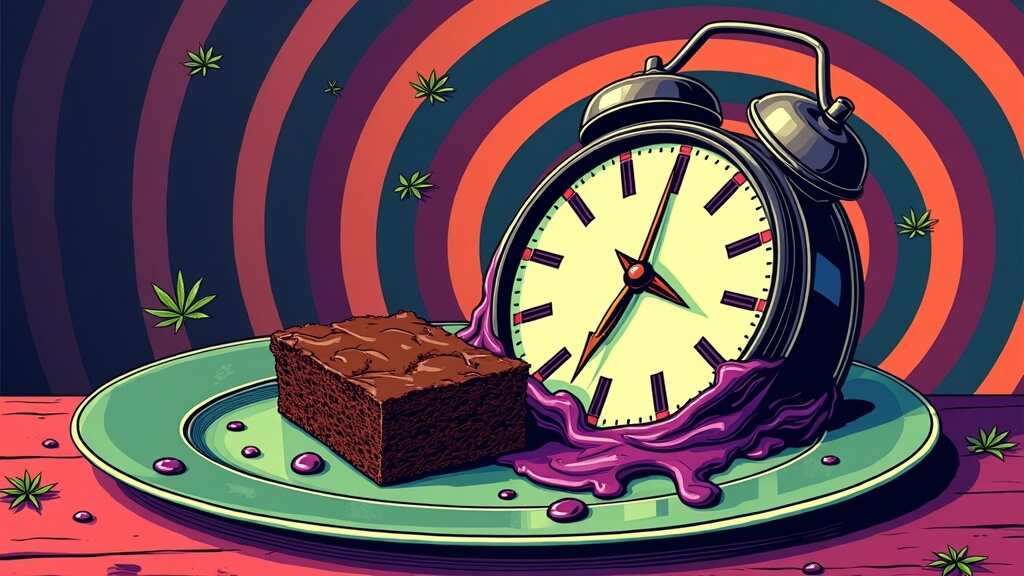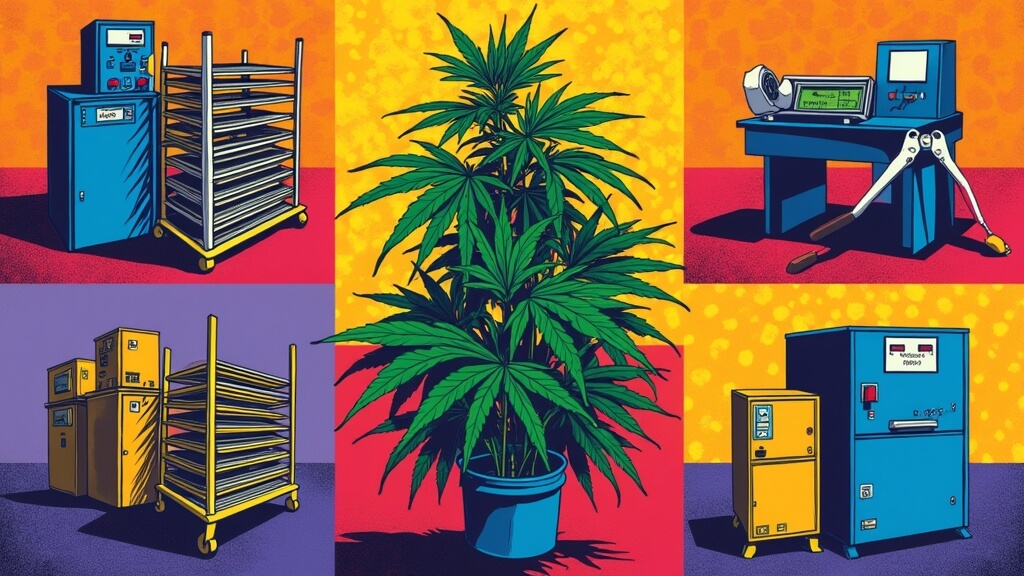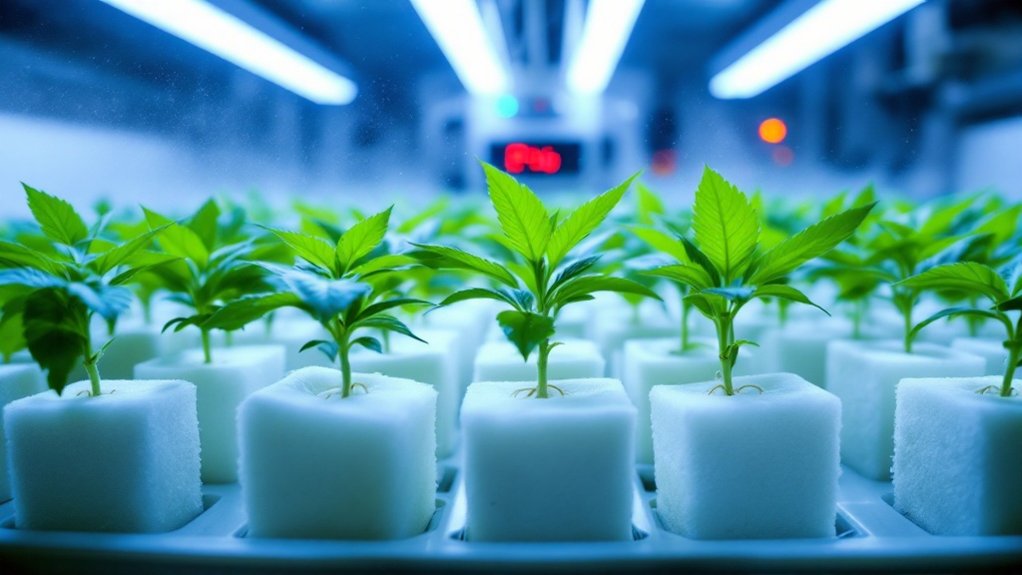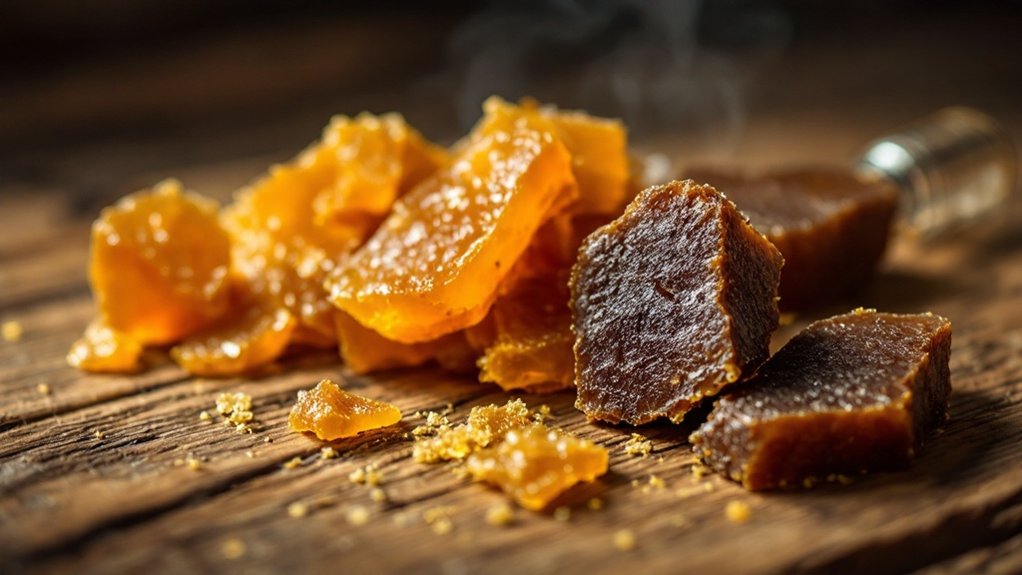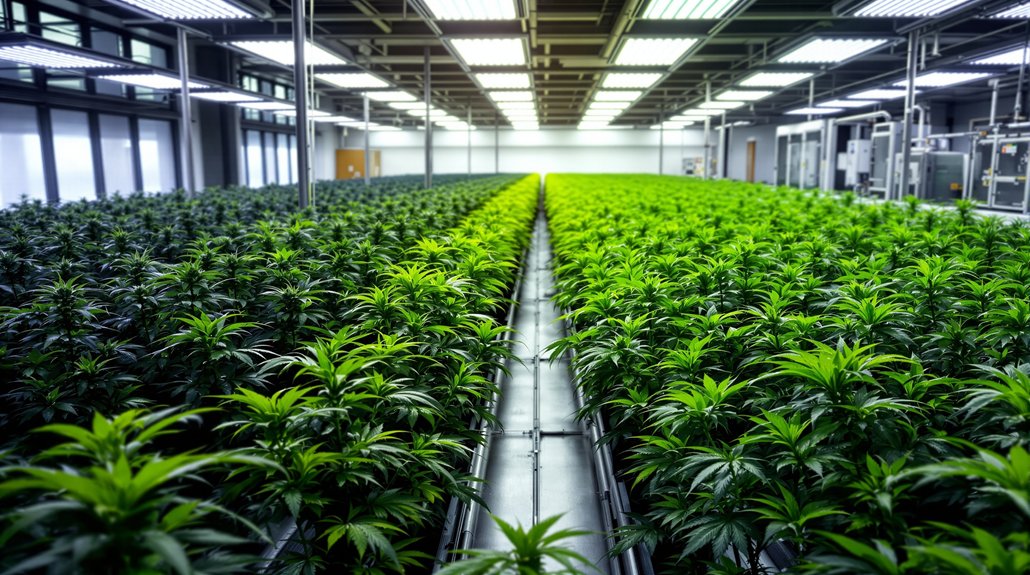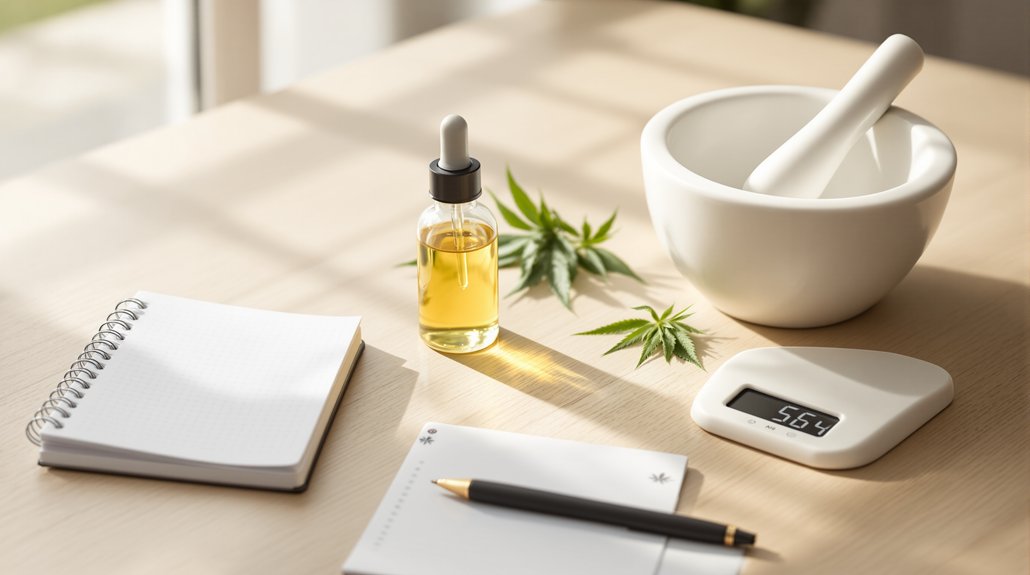MDMA stands for 3,4-Methylenedioxymethamphetamine. First synthesized in 1912, this tongue-twister chemical now dominates club scenes worldwide. Known as “Ecstasy” in tablet form or “Molly” in crystal form, it’s classified as Schedule I by the DEA since 1985. The drug works by flooding the brain with serotonin, creating euphoria and empathy. Despite its popularity, health risks include seizures and cardiovascular damage.
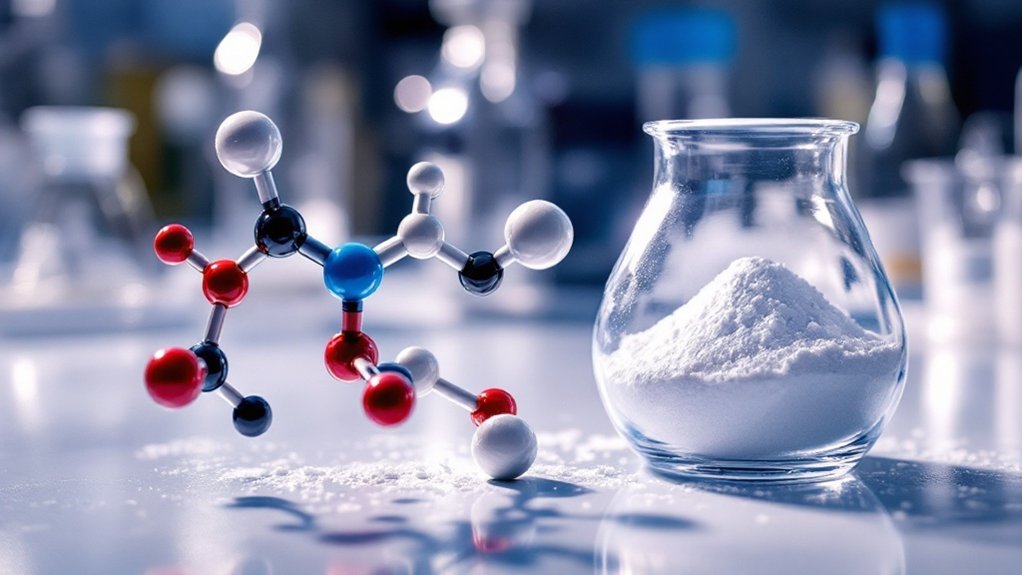
MDMA, a chemical alphabet soup with potentially life-altering effects, stands for 3,4-Methylenedioxymethamphetamine. This tongue-twister of a name belongs to a substance that first emerged from the lab of Merck chemist Anton Köllisch back in 1912. For scientists who prefer even more complexity, its IUPAC name is N-methyl-1-(3,4-methylenedioxyphenyl)propan-2-amine. Not exactly something that rolls off the tongue at parties.
MDMA’s chemical identity reads like complex poetry – yet its effects on human consciousness are anything but academic.
On the streets, simplicity wins. “Ecstasy” when pressed into colorful tablets. “Molly” when in crystal form. “E,” “XTC,” “X,” “Beans,” “Adams” the marketing department has been busy since the 1980s when it exploded onto the recreational scene. Those tablets? Often stamped with logos like they’re some kind of pharmaceutical fashion statement.
The DEA isn’t impressed with MDMA‘s popularity. They’ve classified it as Schedule I since 1985, the “no accepted medical use, high potential for abuse” category.
MDMA creates a chemical cocktail in the brain that produces euphoria, energy, and enhanced sensory perception. Users report feeling profound empathy and closeness to others. The substance primarily acts by increasing the release of serotonin, dopamine, and norepinephrine in the brain. The effects kick in 30-45 minutes after swallowing a tablet and typically last three to six hours. Not just a party drug. A mood-altering experience.
Recent scientific research has been eyeing MDMA for more serious purposes. Phase 3 clinical trials have shown promising results for treating PTSD. The FDA might actually approve it soon. Quite the comeback for a substance with nearly a century of history.
But it’s not all rainbow connections and good vibes. MDMA can damage cardiovascular, neurological, renal, and hepatic systems. High doses trigger seizures and vomiting. Death occurs in approximately 1 in 20,000 to 50,000 uses.
And buyer beware, those “ecstasy” tablets might contain methamphetamine or other substances. Emergency room visits related to MDMA skyrocketed from just 253 to 4511 between 1994 and 2000, highlighting its growing public health impact.
Frequently Asked Questions
What Are the Short-Term Effects of MDMA?
Short-term effects of MDMA hit fast and hard.
Users experience heightened sociability, emotional warmth, and energy which users love for those all-night raves.
But it’s not all good vibes. Impaired judgment, memory issues, and risky behavior tag along uninvited.
Physically? Rising blood pressure, possible dehydration, and hyperthermia.
Sleep patterns? Wrecked. Appetite? Gone.
The chemical euphoria comes with a physiological price tag.
How Long Does MDMA Stay in Your System?
MDMA hangs around differently depending on the test.
Urine? 1-3 days for casual users, up to 5 for regulars.
Blood and saliva hold evidence for about 1-2 days.
Hair? That’s where you can’t hide, up to 90 days or longer.
Metabolism, hydration, and liver function all affect clearance times.
Frequent users beware, detection windows stretch longer with regular use.
Is MDMA Addictive?
MDMA can be addictive, though less so than other substances.
Research shows it affects brain chemistry by flooding it with serotonin, dopamine, and norepinephrine. Feels great, until it doesn’t.
With repeated use, neuroadaptive changes occur and tolerance builds. Users may experience withdrawal symptoms like depression and fatigue.
Not everyone gets hooked, but about 2.1 million Americans used it last year anyway. The risk? Higher with frequent use.
What Are Potential Risks of Mixing MDMA With Other Substances?
Mixing MDMA with other substances? Recipe for disaster.
Combining with stimulants doubles death risk and strains the heart – arrhythmia, heart attacks.
Alcohol increases dehydration while potentially causing dangerous water overconsumption.
Antidepressants? Hello, serotonin syndrome.
And those mystery pills on the market? Often contain zero actual MDMA. Just random, sometimes lethal chemicals.
Unpredictable interactions, contaminants, mental health risks. The list goes on. Not exactly a winning combo.
How Does MDMA Affect Brain Chemistry?
MDMA floods the brain with serotonin, dopamine, and norepinephrine by blocking their reuptake transporters. Boom, instant euphoria.
It particularly hammers the serotonin system, causing that lovey-dovey feeling users crave.
Not all fun and games, though. The drug disrupts neurotransmitter storage in vesicles, creating a chemical chaos that can damage neurons.
Long-term? Those serotonin pathways take a beating, potentially leading to depression, memory problems, and anxiety.

